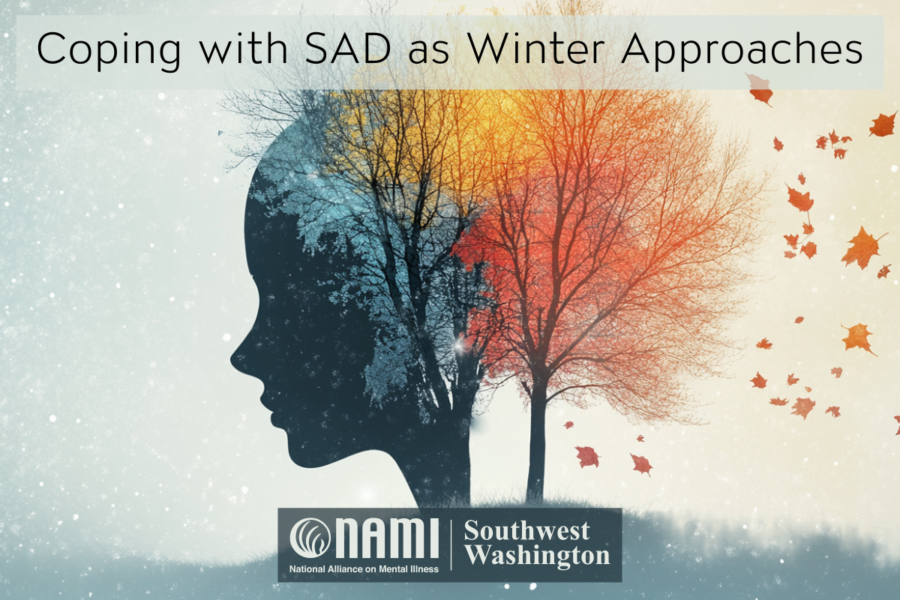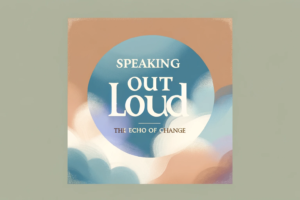As the days grow shorter and the temperatures drop, many people begin to experience shifts in their energy, mood, and overall well-being. While winter can be a season of cozy blankets and warm drinks, it can also trigger feelings of sadness, lethargy, and even depression for those with Seasonal Affective Disorder (SAD). This type of depression typically begins in the fall and continues into the winter months, and it’s more than just “winter blues.” Fortunately, there are ways to manage these feelings and support mental health throughout the colder months.
What is Seasonal Affective Disorder?
SAD is a form of depression that is often linked to changes in light exposure during fall and winter. Reduced sunlight can disrupt our body’s internal clock, impacting sleep, mood, and energy levels. Those affected by SAD often experience symptoms like persistent sadness, irritability, changes in sleep and appetite, and difficulty concentrating.
Recognizing the Signs
Common signs of SAD include:
- Low energy or fatigue
- Changes in sleep patterns, particularly oversleeping
- Increased appetite, especially for carbohydrates
- Social withdrawal
- Feelings of sadness, hopelessness, or irritability
If you notice these symptoms in yourself or someone close to you, it’s important to acknowledge them. SAD is a real mental health condition, and understanding it is the first step toward managing it.
Tips for Managing SAD Symptoms
A Word on Self-Compassion
If you struggle with SAD, remember to be kind to yourself. Seasonal changes can have profound effects on both mind and body, and it’s okay to need extra support during this time. Embrace small steps and celebrate every effort you make to manage your mental health.
While winter might bring darker days, there are many tools and resources available to help manage Seasonal Affective Disorder. By incorporating self-care, building routines, and reaching out for support, you can prepare to face the season with resilience and hope.




